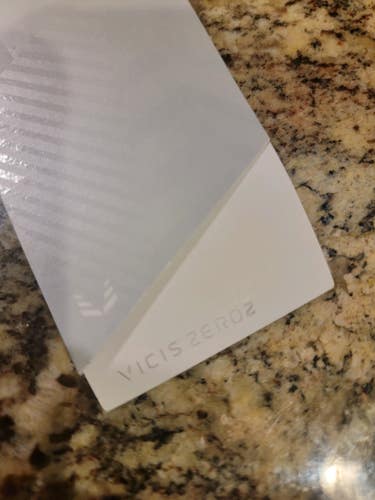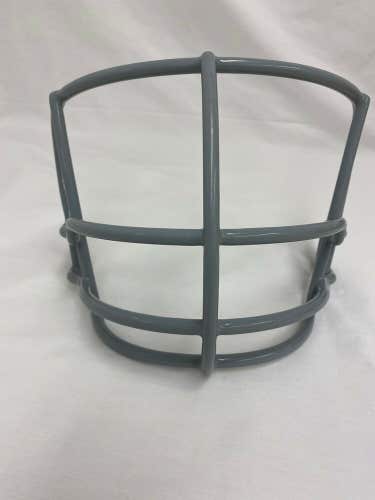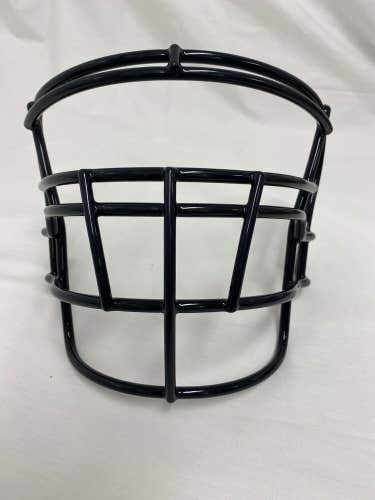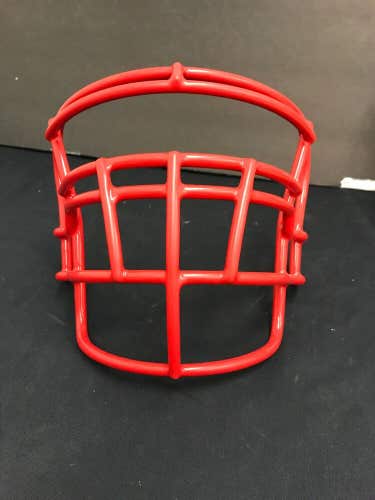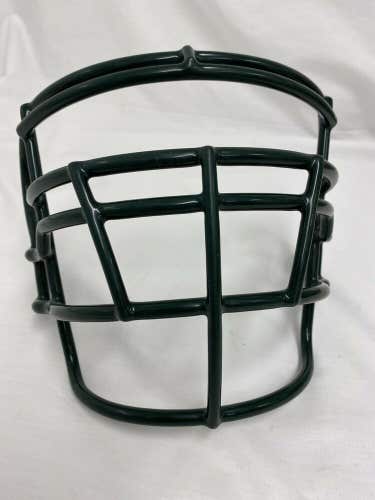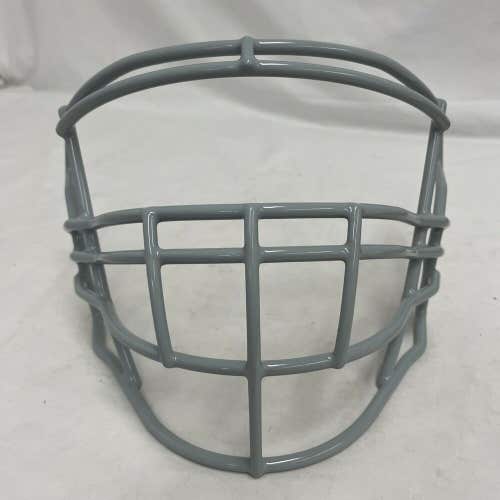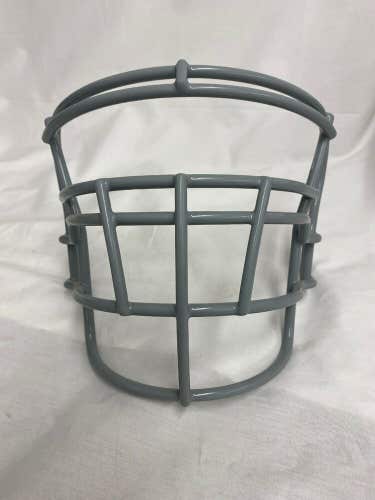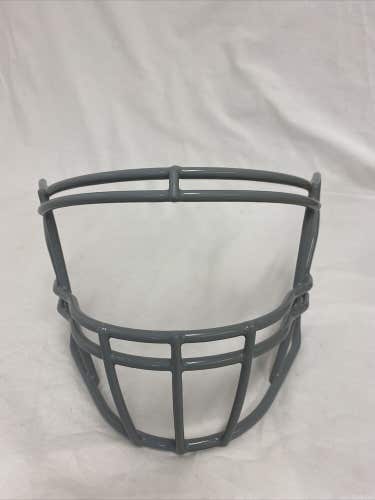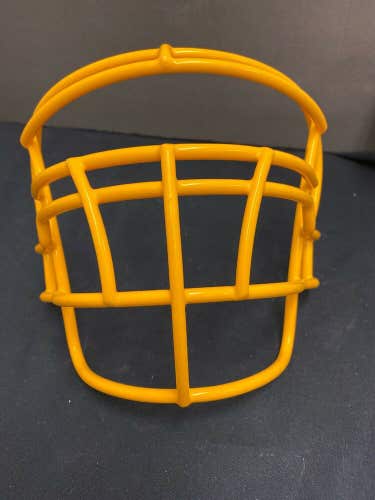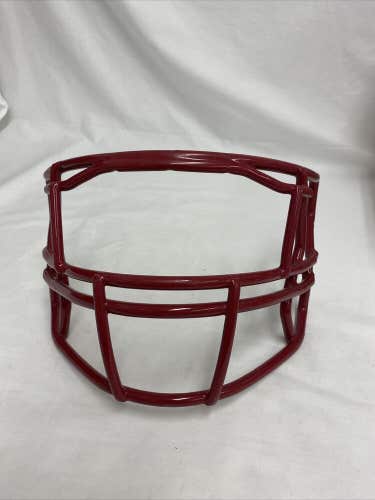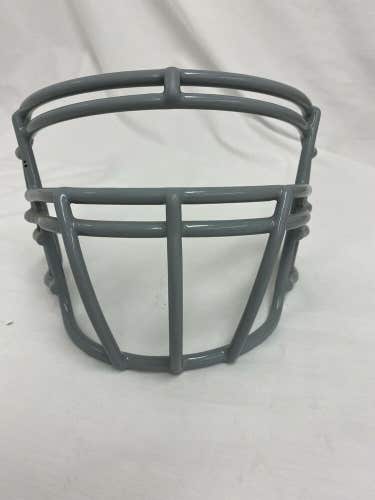Popular Models
See more Popular Models
Riddell Speed
163 Available

Riddell SpeedFlex
170 Available
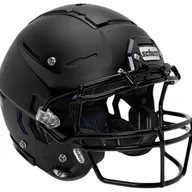
Schutt F7 VTD
15 Available

Schutt F7
38 Available

Xenith X2E+
45 Available

Xenith X2E
22 Available

Vicis ZERO2
23 Available
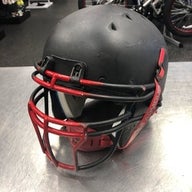
Schutt DNA Pro
10 Available

Riddell 360
3 Available
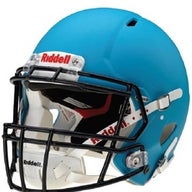
Riddell Speed Icon
11 Available
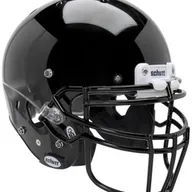
Schutt Air XP Pro
8 Available

Schutt DNA Recruit
10 Available

Rawlings Impulse
3 Available

Xenith Shadow
5 Available

Schutt Vengeance Pro
6 Available

Schutt Vengeance Z10
4 Available

Xenith Shadow xr
9 Available
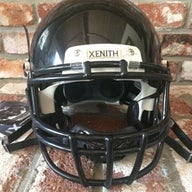
Xenith X1
2 Available
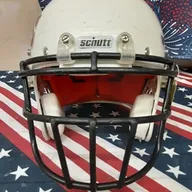
Schutt XP Hybrid
3 Available
Shop by Size
SmallMediumLarge
330 Results

Myac
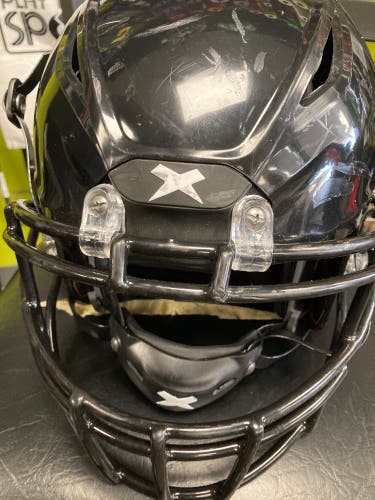
piasdeptford
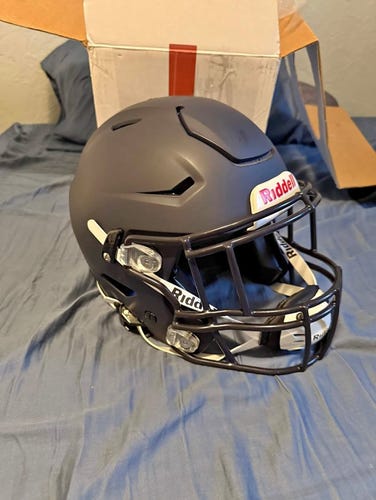
marycatemason

Jlb153

frosty09
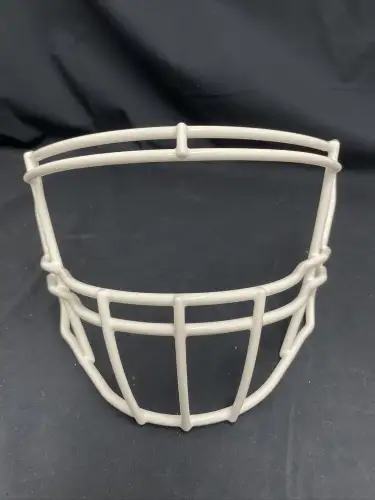
WC_Facemasks

Iceside357
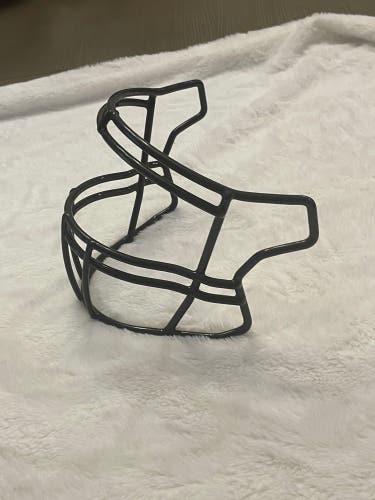
Dhudds

anthonyalco10
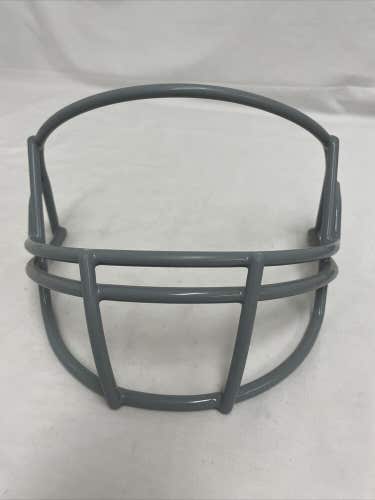
WC_Facemasks
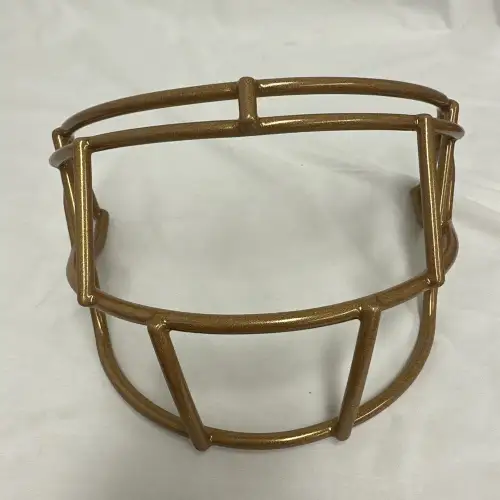
WC_Facemasks

GreatLakeSports
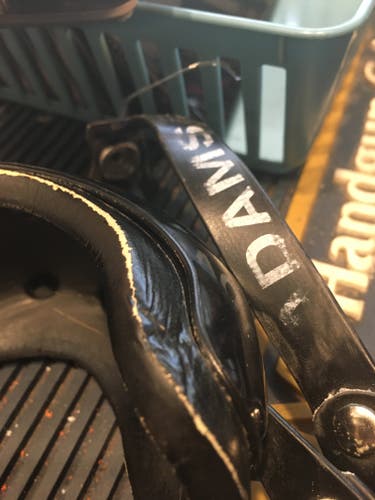
Pizzabill
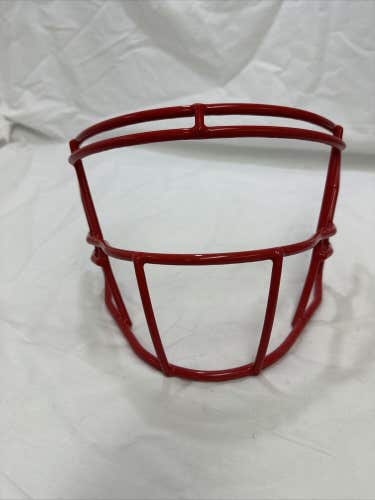
WC_Facemasks

RobbieD1
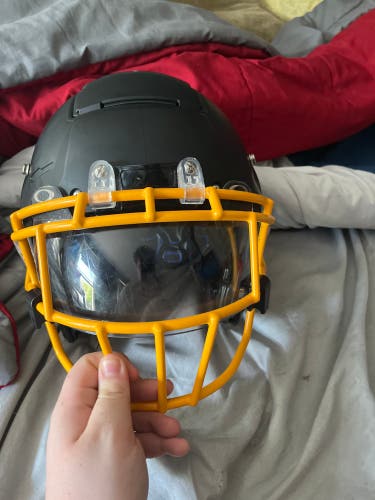
Sam_healey

Jfalix287

313djp

Bayside_Sports
NEW Adult Large Vicis Trench Elite Football Helmet (Extra Blue Facemask Included!)
$700
Retail price: $900
HelmetsCanada
